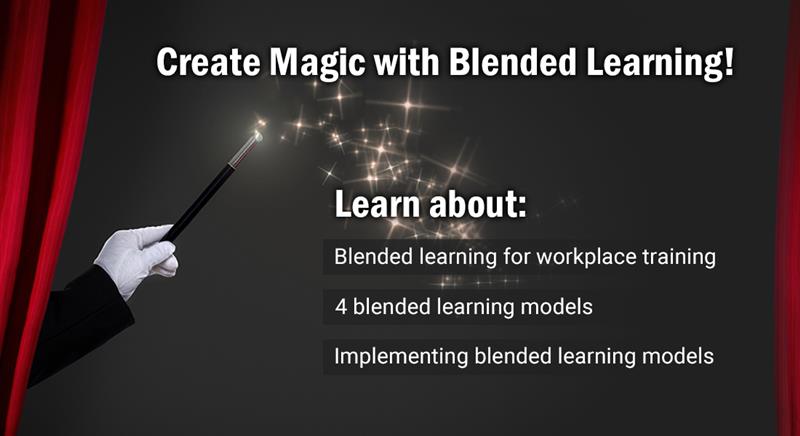Digital Learning Techniques for Effective EHS Training Organizations Can Leverage

EHS or Environment, Health, and Safety, is a general term used to refer to the laws, rules, regulations, and efforts put in place to protect the health and safety of employees, as well as the environment, from any potential hazards associated with the workplace. Companies that aspire to be better environmental stewards by acting in a responsible manner in their entrepreneurial pursuits adapt EHS management. From a practical standpoint, it involves creating a systematic approach to managing waste, complying with environmental regulations, reducing the company’s carbon footprint, and preventing work-related injuries and illnesses among employees.
The first step is to impart the necessary training to your employees. Only a trained workforce will be able to understand the ramifications of their actions and thus take the necessary steps to make a change. Providing EHS training is easier said than done through conventional classroom methods. Since EHS training doesn’t pertain to the actual work your employees need to do, they quickly lose interest in a classroom training session. To overcome this disinterest in EHS principles, you should consider adapting a digital learning program. Let’s explore some of the leading digital learning techniques through which learners can be thoroughly engaged in an EHS training program:
Immerse with Videos
One of the most effective ways to engage learners in a digital medium is by using the powerful combination of audio and visuals. Videos are a boon when it comes to delivering topics to your target audience. This is because everyone likes to watch videos as it isn’t as stressful as reading plain text. You can create videos around your EHS principles, elaborating the dos and don’ts across various work scenarios. By using the right amount of animation, live footage and voiceover, you can create a comprehensive learning nugget that communicates your EHS factors very efficiently.
Interact with Games
Conventional EHS trainings often make your learners feel like mere spectators in the learning process. Be it training to follow a new compliance policy, or learning how to process raw materials, employees just receive information without ever feeling part of the learning process. You can change this by using game-based content through an e-learning course. It essentially means embedding your content in a fully playable game. Learners need to play these games to be well versed with your EHS rules. This interactive method makes undertaking the EHS training more desirable as everyone likes playing games.
Relate with Scenarios
One of the main reasons traditional EHS training doesn’t deliver results as expected is since it fails to show learners the big picture behind an environmental or health related rule. Learners need to know how treating factory waste, maintaining a machine, or using the right quality raw materials are going to make a difference to the environment and personal wellbeing. E-learning courses help achieve this through scenarios. This digital method constructs a story around the work life of your organization with relatable characters. These methods enable learners to understand the reason for adhering to an EHS related regulation.
Stay in Touch with Microlearning
A single EHS classroom session is simply not sufficient as the duration between the training and the actual need for the application is very large. This won’t be a problem if you use a digital training approach. Short e-learning courses called microlearning modules can be developed to help learners when it is really needed. This just-in-time training helps in the actual implementation of your EHS principles. From precautions to operating complicated machinery to quality checks for a finished product, micro modules can give a push for everything.
Test with Assessments
You can never know the true extent of the knowledge grasped unless it is appropriately assessed. Classroom trainings really limit the techniques that you can use for assessments. E-learning courses eliminate this limitation by introducing many out of the box training mechanisms. On top of this, using micro modules, you can create micro tests that assess just a single topic. This allows your learners to take assessments anywhere they want to, without getting intimidated.
Do you want to make a difference in the lives of your employees as well as the environment? Use an e-learning program for your EHS training and pave the way for something noble, the right way.





